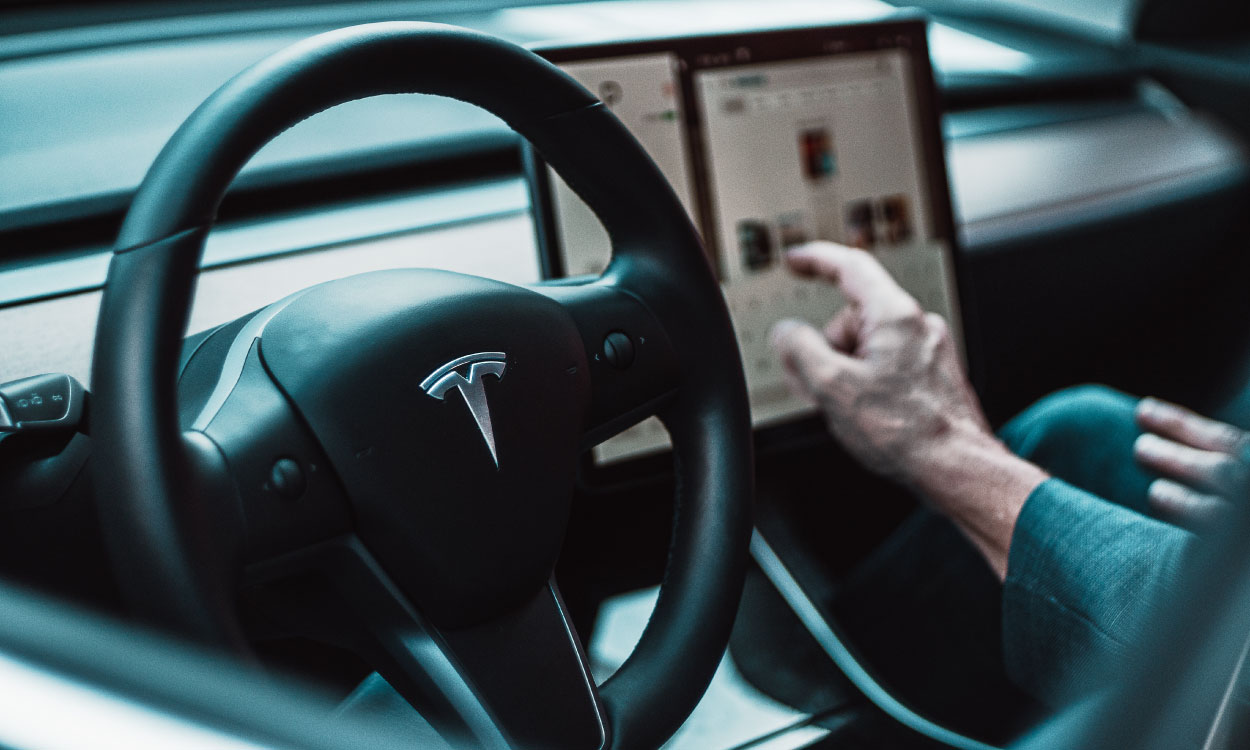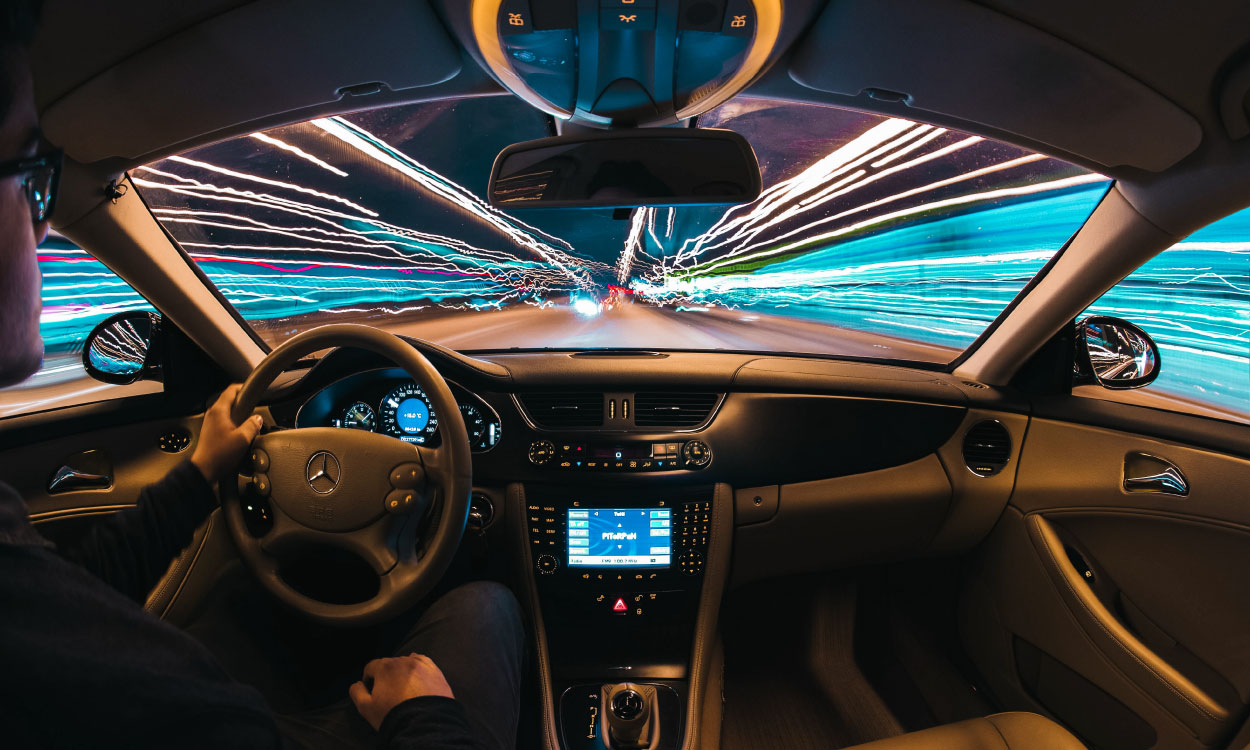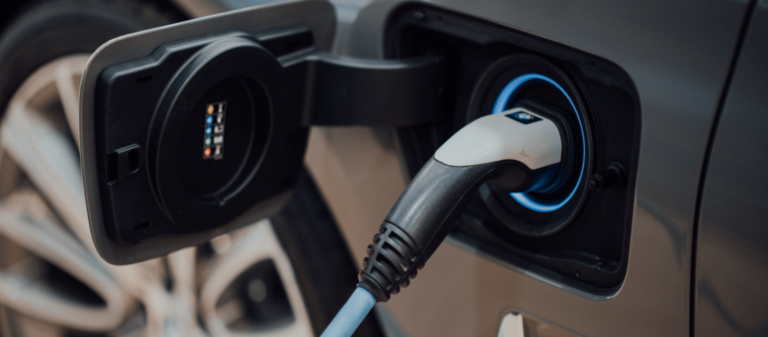Whilst electric cars may be a relatively new addition to the roads, they actually have a surprisingly long and interesting history.
The development of new electric cars is firmly at the top of many car manufacturers’ priority lists.
EV’s continue to grow in popularity but it might surprise you to know that they’ve been around for quite some time. Almost 200 years in fact.
The first electric car in the world dates back as far as the 1800’s and the history of electric cars is far from brief.
Let’s take a look back at the history of electric vehicles and discover how the EV revolution has got to where it is today.
Early Attempts of EV’s – (1820s & 1830s)
The story of electric cars begins back in the early 1800’s. During the 1820’s and 1830’s there were various technological breakthroughs that would prove crucial to the development of electric-powered vehicles.
By the 1830’s inventors in Hungary, the Netherlands, America and the UK were all using these breakthroughs to focus their efforts on creating a vehicle powered by electricity.
Where and when the first electric car was invented, and by who, is still up for debate.
British inventor Robert Anderson displayed his invention of a vehicle using a disposable battery powered by crude oil to turn the wheels in 1835 meanwhile Hungarian inventor Anyos Jedlik invented an electromagnet device that could be attached to a vehicle in 1828.
The reality of these early attempts at EV’s though is that they were little more than prototypes of electrified carts and were certainly a long way off the electric cars we’re accustomed to today.

The First Electric Locomotive – (1840s)
It wasn’t just cars that inventors were focusing their attention on either. Electric locomotives were soon to become a possibility thanks to a Scottish chemist.
Robert Davidson built what is believed to be the first electric locomotive in 1937 powered by batteries. With some tweaking he exhibited a larger scale version called Galvani in 1841.
This latest invention had two direct-drive reluctance motors and could haul a load of 6,100 kilograms at 4mph for up to 1.5 miles.
Its limited battery power restricted its use but by 1840 a patent had been issued for the use of rails as conductors of electric current. Fast forward a few years (OK, many years) and those rails are still in operation across the country today.
Move from Horse & Carriage to Motorised Transport (1880 – 1914)
As the turn of the century beckoned so too did a change in the transport people were using to get from a to b.
People began swapping their traditional horses and carts for motorised vehicles and as a result, the automobile industry boomed.
As interest in the automobile grew, so too did the options for mobility power: steam, petrol and electric.
In fact, back in the early days there was a relatively even split of all three with around 38% of automobiles on American roads powered by electricity.
Electric cars were proving to be a popular choice thanks to two key benefits compared to steam and petrol counterparts.
Steam-powered vehicles required around a 45 minute startup time and had to be continuously topped up with water, drastically limiting their range, whilst petrol cars were seen as noisy and the requirement for drivers to change gears was deemed a negative.
Unfortunately for electric vehicles though the popularity would soon end thanks to the creation of Ford’s cost-effective assembly line and the ready availability of petrol…
The Rise of The Internal Combustion Engine (1914-1970)
Once the internal combustion engine (ICE) was introduced and Ford’s Model T became a readily available and affordable option for many, the eclectic car was long forgotten.
Petrol was fast becoming cheap and available to everyone as opposed to electricity which was still only an option for wealthy merchants in the city and by the mid 1930’s, electric cars had all but disappeared.
Continued improvements and developments to internal combustion engine vehicles meant that over the next century, these would keep their spot as the most common automobile on the roads.
The Return of Electric Cars (1970-2000)
Fast forward to the 1970’s however and a perfect storm was brewing that meant electric cars were about to stage a comeback.
Oil prices were continuing to rise and petrol shortages were beginning to be felt worldwide making car manufacturers take note and explore other options. One such option being EV’s.
Despite a few technological advances, including NASA’s electric Lunar rover being the first manned vehicle on the moon, public interest in electric cars was still low.
Luckily for today’s EV-obsessed drivers, that initial lack of interest didn’t put off manufacturers and scientists from trying to find ways to make electric cars mainstream.
Over the next 20 years, leading car manufacturers would begin developing and modifying popular models to create electric versions, all the while trying to figure out how to improve elements such as range and speed to match up to petrol versions.
A major breakthrough in the world of electric cars came in 2000 when car manufacturer Toyota introduced the Prius, making it the world’s first mass-produced hybrid car.
The biggest step in the EV revolution however was just around the corner…

The rEVolution (2000-2020)
In 2003 a little brand you might have heard of was launched. Tesla.
By 2006 the Silicon Valley startup had announced its plans to produce a luxury electric sports car that could travel over 198 miles with just one charge.
Critics were sceptical but Tesla was successful in its mission and the manufacturer continued to grow, resulting in an increased demand for high-performance, electric vehicles.
With the success of Tesla, other car manufacturers started to accelerate their own work on producing electric cars to compete with the Tesla model.
It was 2010 before a manufacturer truly challenged the Tesla hold on the EV market when Nissan launched the Nissan LEAF, a zero-emissions car that would go on to become the world’s best selling EV.
As manufacturers upped their EV efforts, various new battery technologies began entering the market, aiding the mission for electric cars that performed at the same level as petrol or diesel alternatives.
These new technologies also helped to cut the costs of lithium-ion batteries, making electric cars a more affordable option for customers.
In the decade since the launch of the Nissan LEAF, almost every major car manufacturer has committed to building electric vehicles, beginning a transition away from internal combustion engines.
The Tipping Point (2020 +)
The growth in electric vehicles has been seismic, particularly over the past couple of decades.
Thanks, in part, to the advances of battery technology, the real tipping point for the need for EV’s has come from another reason. The environment.
It has never been more important to cut emissions and find sustainable and planet-friendly solutions to help rescue the environment before it’s too late. Electric cars are the perfect example of a sustainable and green solution to an everyday polluter.
With governments around the world offering EV incentives and mandates, the EV revolution is happening globally.
It’s Europe where the foot is really on the gas (or on the battery) when it comes to electric vehicles after the continent overtook China as the global driver for EV sales in 2020.
The advances in EV technology, the number of electric car options available and customer demand for an electric or hybrid vehicle meant a tipping point was reached by 2020. Change was happening and it was happening fast.

The Future of EVs
It might have been a long history for electric cars but finally, electric vehicles are becoming a mainstay of our roads.
Governments worldwide are pledging money and resources into green transport. The UK government is expected to end the sale of petrol and diesel cars by 2030 and more countries are following suit.
As a result of this, major car manufacturers including Jaguar Land Rover, Mercedes and Volkswagan have all made commitments to begin the phase out of internal combustion engines.
It’s impossible to predict the future of electric cars but all the signs suggest the EV revolution is ready to stand the test of time.
Final Thoughts
It should come as no surprise that here at Evaa the future of electric cars is just as exciting as the history.
Electric transportation has come a long way since the very first attempts back in the 1800’s and despite major advances in technology along the way, the EV’s we see on the roads today all have the scientists of the past to thank.
The future of electric cars is bright which is why Evaa continues to build a charging network across the UK.
To find out more about our network contact the Evaa experts.



